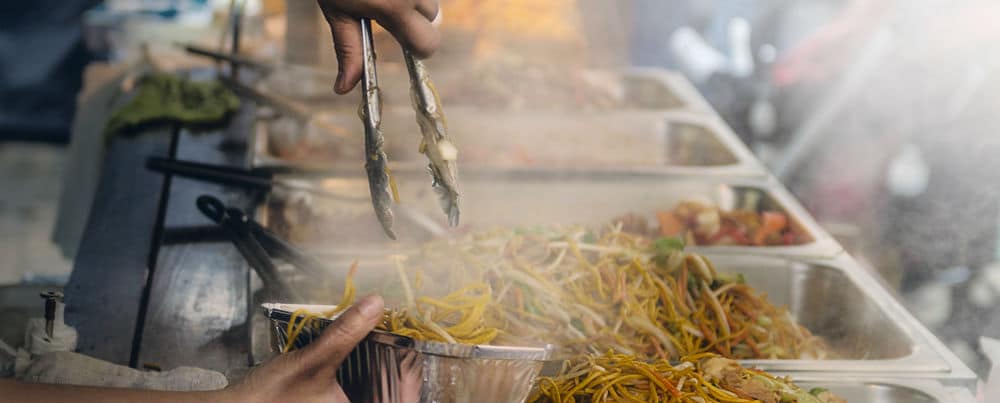Patience might be a virtue, but for food retailers working in the instant gratification era, it’s not very easy to find.
Convenience is reaching new heights as online ordering and quick delivery puts any kind of food experience within easy reach.
In all segments of the food industry, consumers don’t want to come to you anymore. They expect you to come to them, with exactly what they ordered, ready to eat.
Even ‘fast food’ feels somewhat laborious given that ready-to-eat-now foods are on offer in our favourite retail outlets or even petrol stations.
There’s no room for error for poor customer experiences, either.
To complicate matters, we’re increasingly picky eaters, with a rise in allergies, and intolerances expected to be catered for by the food sector, which is responding in kind.
This constant need for instant gratification is making customers perpetually impatient.
It’s also putting phenomenal pressure on the food industry to serve up increasingly quicker and healthier options.
Time-poor consumers are turning to technology to make it easier to curate their food choices and have food delivered that are tailored to our specific taste, speed and food philosophies.
The Australian food industry is under constant pressure, with margins always being squeezed and constant competition, but luckily, it’s also a place where innovation thrives.
In fact, digital advancements have resulted in a new level of hustle in the already constant food sector, against a background of consumers demanding to know where their food comes from.
A growing number of food retailers are realising that perpetually impatient consumers present an opportunity.
And in what is essentially a modern-day gold rush, food industry players are racing to close the gap between hunger and satisfaction by adopting technology that helps them meet consumer expectations.
Studying the Australian food industry for almost a decade, I’ve been at the forefront of this innovative industry. It all started when a client asked me to build an online ordering system for his pizza shop because a large pizza chain was hurting him. It was going to cost him in excess of $20,000 but he didn’t have the capital, so we formed a strategic partnership, which I have now developed with various other key point sale providers, payment gateways and delivery logistic platforms in a bid to innovative the industry, build the technology and perfect my business model – all before the concept of food aggregators existed.
Some food players are realising that the need for instant gratification presents an opportunity to grow their business, such as Nando’s, Grill’d and Caltex sub-brand The Foodary, who have already turned to technology to meet the needs of perpetually demanding customers.
But in other parts of the food sector here in Australia, the speed of logistics hasn’t quite caught up, leaving customers hungry and frustrated.
Food industry players still trying to figure out how to meet the needs of customers need to understand that no matter how good your staff are, you’re never going to be able to compete with the early adopters without the help of technology.
And there’s little doubt that the future belongs to brands that can give consumers that instant gratification they’re craving.
John Saadie has been studying Australia’s food industry for almost a decade. He is the founder and CEO of online ordering platform Order Up! Learn more at orderup.com.au





















